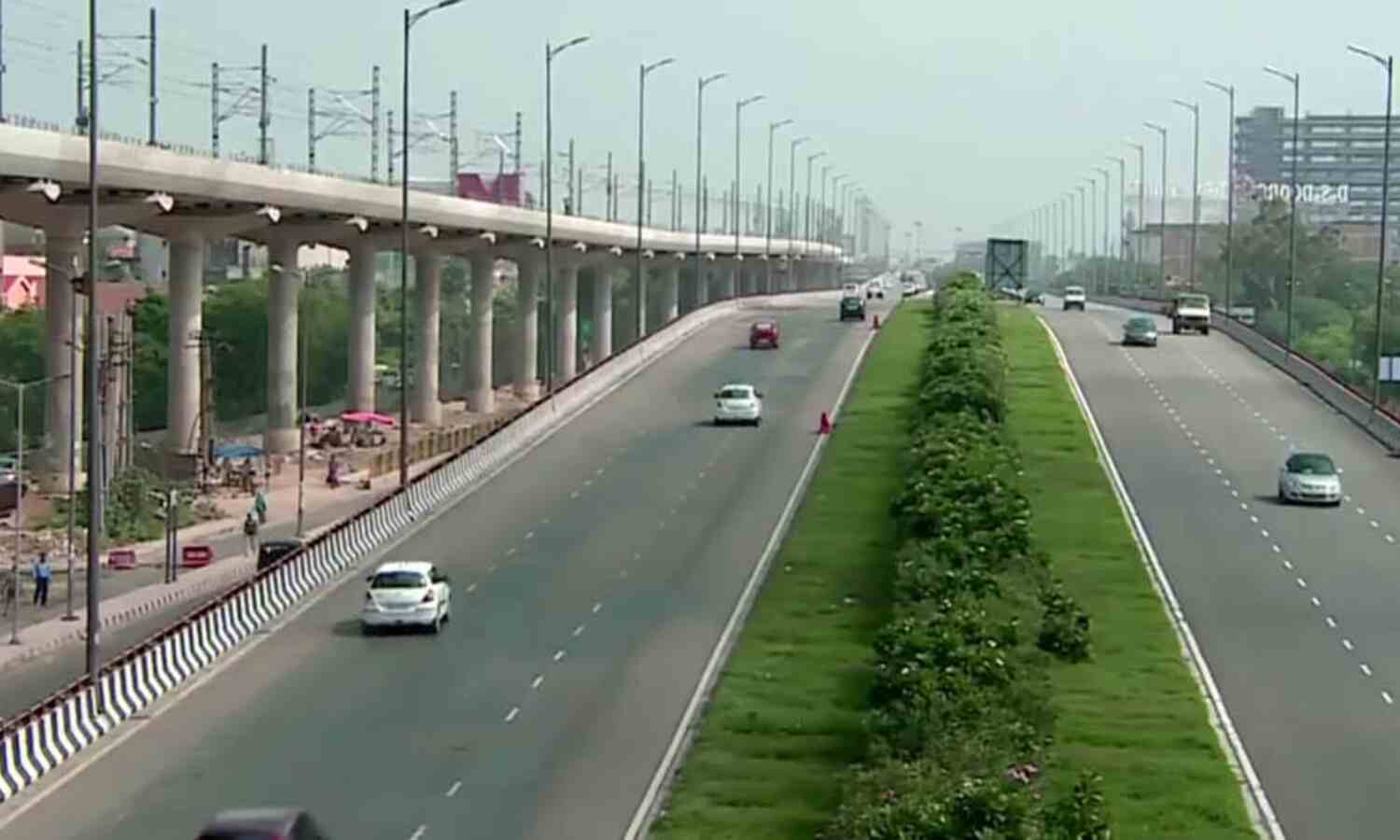Smart Cities Mission: Key Scheme Echoes Failures Of Previous Government

Mumbai: No more than 1.8% of the funds released for Smart Cities Mission (SCM) have been utilised since its launch in 2015, the Parliamentary Standing Committee on Urban Development has reported.
SCM is a flagship scheme of the Bharatiya Janata Party (BJP) government. Launched in 2015, it aims to create 100 smart cities, improve the quality of life for urban residents and steer India’s rapid urbanisation. It proposes to do this by using technology and data-driven solutions to promote investment and growth in cities.
With India’s urban population expected to reach 600 million by 2031, an increase of nearly 40% from 2011, urban development is key to ensure a smooth transition to a predominantly urban economy.
Slow progress
The first round of cities selected to participate in SCM are due to be completed between the financial years 2019-20 and 2020-21. However, the Twenty Second Report of the Standing Committee on Urban Development (2017-18) shows that since the mission’s launch in 2015, just Rs 182 crore ($28 million) has been utilised from the Rs 9,943.22 crore ($1.5 billion) released--amounting to 1.8%.
In fact, all six flagship schemes that the government promises will bring “an urban renaissance”--Smart Cities Mission, Swachh Bharat, National Urban Livelihood, Atal Mission for Rejuvenation & Urban Transformation (AMRUT), Pradhan Mantri Awas Yojana and Heritage City Development & Augmentation Yojana (HRIDAY)--have together used 21% of the funds allocated. That is Rs 7,850.72 crore ($1.2 billion) of the Rs 36,194.39 crore ($5.6 billion) available.
The National Livelihood Mission used the most--Rs 850 crore, 56% of funds released--followed by Swachh Bharat and AMRUT--Rs 2,223 crore or 38%, and Rs 2,480 crore or 29%, respectively.
| Funds Allocated, Released & Utilised By Urban Development Programmes | ||||
|---|---|---|---|---|
| Scheme | Funds Allocated | Funds Released | Funds Utilised | FR vs FU% |
| AMRUT | 12447.19 | 8629.36 | 2480.43 | 28.74 |
| HRIDAY | 700.00 | 247.15 | 33.59 | 13.59 |
| Smart Cities | 10084.2 | 9943.22 | 182.62 | 1.83 |
| Swachh Bharat | 7690.52 | 5847.92 | 2223.22 | 38.01 |
| National Urban Livelihood | 2600.83 | 1514.85 | 850.34 | 56.13 |
| Pradhan Mantri Awas Yojana | 15025.9 | 10011.89 | 2080.52 | 20.78 |
| Total | 48548.64 | 36194.39 | 7850.72 | 21.6 |
Source: Twenty second report of Standing Committee on Urban Development (2017-2018)
Poor implementation
“[E]ven after 3 years into the Mission the majority of the identified projects are still at the stage of preparation of detailed project report,” the committee said.
Just 3% of projects--23 of the 642 selected under SCM--were completed by February 2017, valued at Rs 305 crore ($47 million; of Rs 38,021 crore ($585 million) made available), as IndiaSpend reported on January 27, 2018.
A shortage of urban planners is holding up many projects, the report said.
India is expected to fall short of 1.1 million urban planners by 2020, according to Manvendra Deswal, head of Smart Cities Mission at the Delhi-based Confederation of Indian Industry.
The Ministry of Housing & Urban Affairs told the committee that currently 5,500 town planners are working nationwide, and that 600 are graduating each year from the National Institutes of Technology, Indian Institutes of Technology and various engineering colleges, the report said. However, it added, this is not likely to help meet current completion targets for smart cities and it is the responsibility of state government to improve the situation.
Lack of capacity had been a lingering problem with the previous government’s urban programme, the Jawaharlal Nehru National Urban Renewal Mission (JNNURM), too, as this 2015 research paper showed.
The committee also highlighted reports that one agency was often “undoing the work done by another agency”, stating that they “strongly feel that lack of coordination between implementing agencies is a major reason why the intended benefits of SCM are still not visible to the public”.
Since schemes such as AMRUT and Swachh Bharat are mandated to work on similar infrastructure and urban renewal projects, the committee advised municipal authorities to ensure greater cooperation between each programme to avoid wasting funds and further delaying projects.
New government, same problems
JNNURM had similarly suffered shortfalls in implementation and fund utilisation, largely due to a lack of capacity at the local administration level, IndiaSpend reported in May 2013.
From 2005 to 2014, just 37% of urban infrastructure projects and 52% of basic urban services projects were completed under JNNURM. Rs 54 crore ($8.9 million) had remained unspent by the end of the programme.
A report released by the Comptroller & Auditor General (CAG) in November 2012 reviewing JNNURM performance had pointed to poor project management, recruitment challenges and difficulty in doing business at the municipal level.
States and union territories had been requested to set up state level nodal agencies to manage project execution and build project implementation units. However, the CAG report found that 10 states had not established these, and in several states vacancies had remained unfilled.
Similarly, special purpose vehicles, tasked with appraising and releasing funds, as well as managing smart city project implementation, were equally slow to begin operation. And there were reports of cities taking over a year to appoint project management consultants.
For instance, Kochi, selected for development as a smart city in February 2016, had yet to complete a single project due to burdensome legislation and delays in appointing a project management consultant by February 2017, as the Hindu reported in February 2017.
(Sanghera is an intern with IndiaSpend.)
We welcome feedback. Please write to respond@indiaspend.org. We reserve the right to edit responses for language and grammar.


